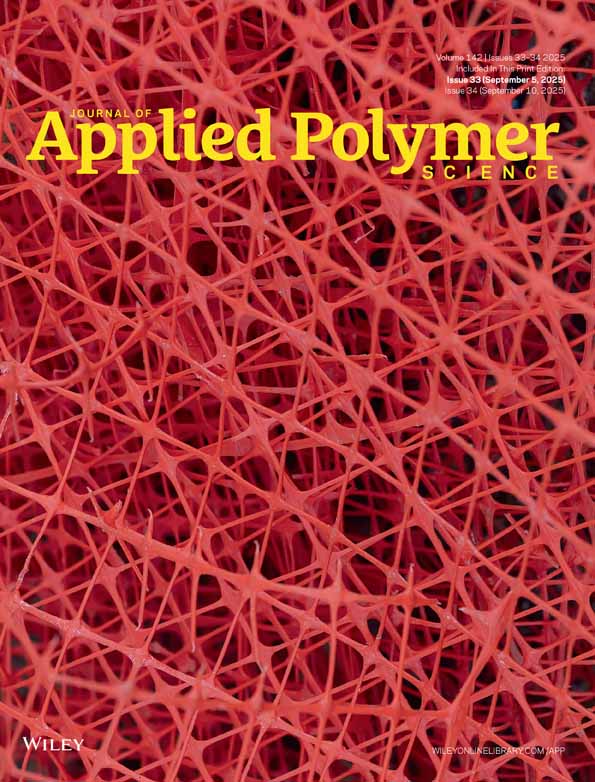Preparation and thermal characterization of films containing liquid crystals in a cellulose acetate substrate for externally regulated applications
Abstract
Two different series of polymer dispersed liquid crystal (PDLC) films were prepared for their future use as externally controlled electrolytes in direct methanol fuel cells (DMFC). The liquid crystals used in this work were commercial cholesteryl oleyl carbonate (COC) and n-(4-methoxybencylidine)-4-butylanilyne (MBBA); cellulose acetate (CA) was used as the polymer substrate. All the films were characterized by differential scanning calorimetry (DSC) and Thermogravimetric analysis (TGA) to analyze the existence of interactions between the components, the modification of the liquid crystal behavior and the thermal stability of the films. The two series of films exhibited very different behaviors. While the films containing CA and COC maintained most of the properties characteristic of the pure components, including the COC mesomorphism, the analysis of films containing CA and MBBA revealed the existence of strong interactions between the components that promoted the inhibition of the MBBA mesomorphic behavior. © 2009 Wiley Periodicals, Inc. J Appl Polym Sci, 2010




